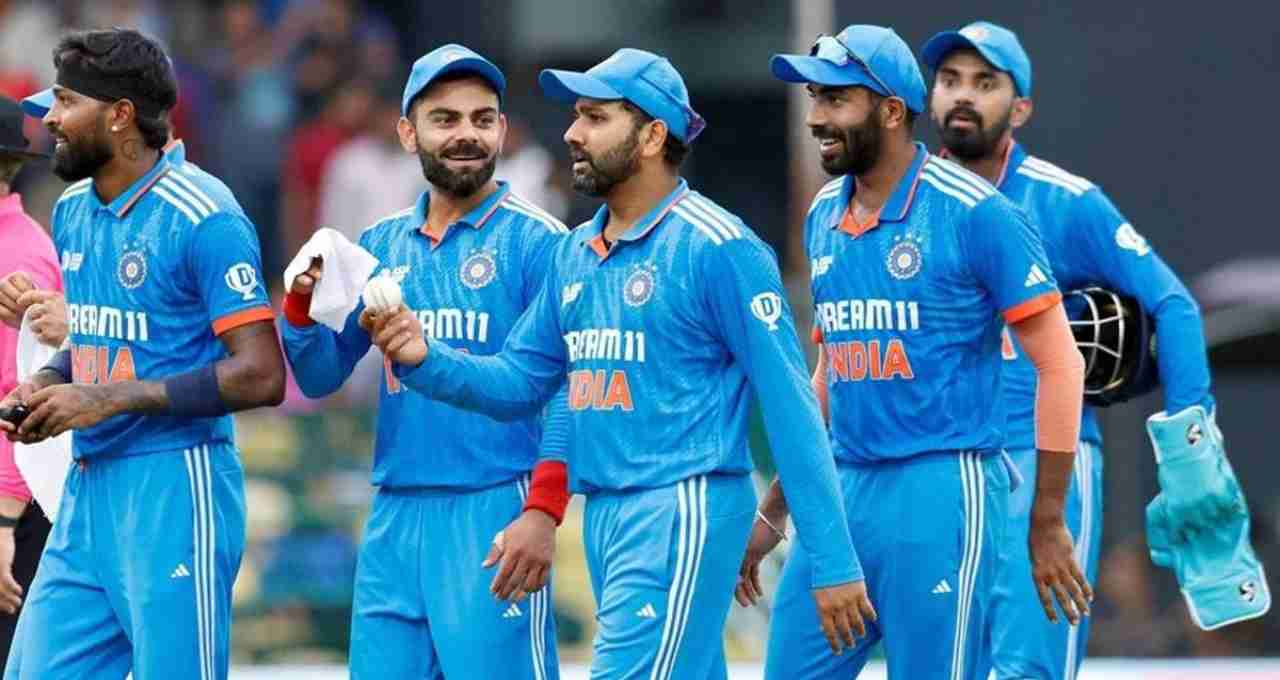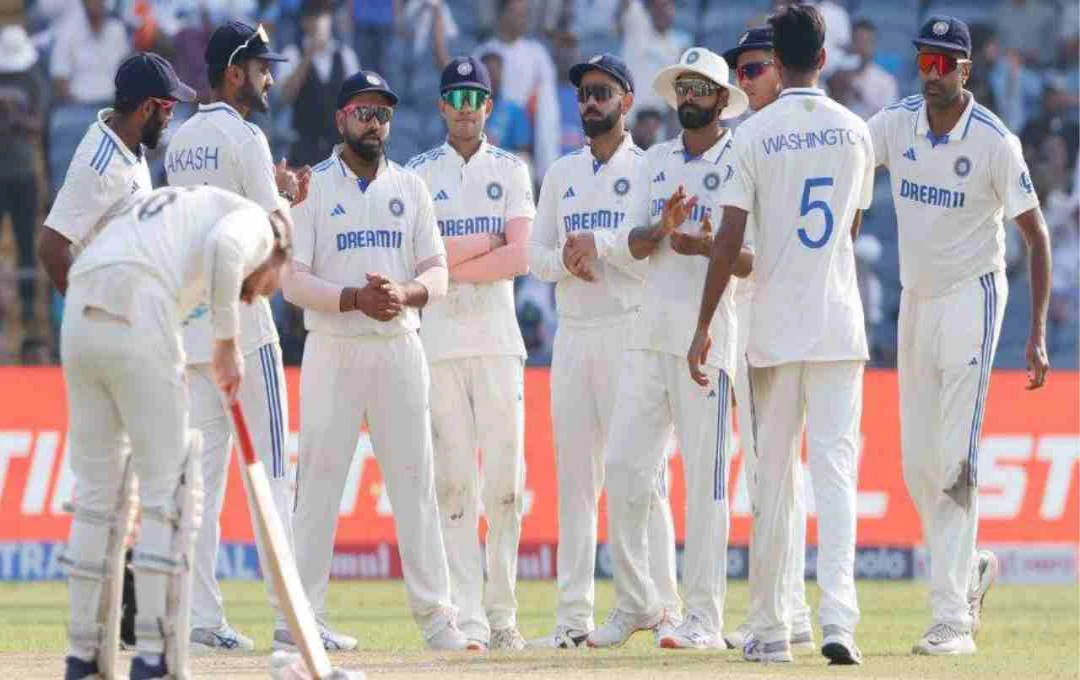The International Cricket Council (ICC) has made a significant decision to improve the balance between bat and ball in One Day International (ODI) matches. The ICC has announced changes to the two new balls rule in the 50-over format, which will come into effect on July 2nd.
Sports News: An important piece of news has emerged for cricket fans around the world. The International Cricket Council (ICC) has made a historic change to the long-standing two new balls rule in ODI cricket. This decision was taken to re-establish the balance between bat and ball, which had been a topic of discussion for a long time.
Under this change, announced on June 27, 2025, the new balls used from both ends in ODI matches will now only be used for the first 34 overs of the innings. After that, the fielding team will choose one of the two balls and bowl the final 16 overs with it. This rule will become effective from the Sri Lanka-Bangladesh ODI series starting on July 2nd.
What was the old rule?
The existing rule, implemented in 2011, stated that one new ball would be used from each end during a 50-over innings. The aim was to keep the ball hard, shiny, and balanced for a longer period, giving both batsmen and bowlers an equal opportunity. However, over time, it became clear that this rule favored the batsmen.

In fact, the new ball was used for fewer overs, which prevented it from wearing down. As a result, the ball did not reverse swing in the death overs, which significantly reduced the effectiveness of fast bowlers and spinners. This made it easier to score runs in the final overs, and bowlers were only seen in a defensive mode.
What difference will the new rule make?
This new change by the ICC is expected to greatly benefit the bowlers. The two balls will be used for the first 34 overs, which will cause some wear and tear on the ball. After that, the fielding team will have the opportunity to choose the ball in better condition from the two and bowl the remaining 16 overs with it.
This change will increase the chances of reverse swing in the death overs, giving bowlers more strategic variety against batsmen. Due to the old rule, reverse swing and the help for spinners had almost disappeared, but now, a single ball will be played after 34 overs, which will reduce its shine and improve reverse swing and grip.
Why was the change necessary?

Over the last decade in ODI cricket, there has been a significant increase in the run rate. Especially in the death overs, the batsmen's dominance increased so much that taking wickets became challenging for the bowlers. In addition, the flat nature of the pitches and the powerful designs of the bats also increased the difficulties for bowlers. The ICC decided to implement this new rule, keeping these conditions in mind, so that the role of bowlers is strengthened again in ODI matches and the excitement of the game increases.
Many veteran cricketers and coaches have welcomed this change. Former Pakistan fast bowler Waqar Younis said that this decision will be very beneficial for bowlers. Reverse swing is an important part of cricket, which had disappeared in the last few years. It is hoped that bowling will be exciting again in the death overs.
This changed rule of the ICC will be implemented from July 2nd. The ODI series between Sri Lanka and Bangladesh will be the first to witness it. After that, it will be made mandatory in all international ODI matches.















